This image below just about sums up the concept and research topic I am developing, which I call “Indigenous Modernity.” It was posted to the Taiwan Greenpeace site on December 17, 2012 (it is buried deep within their photo album; I saw it on a repost on anthropologist Scott Simon’s FB page on October 9, 2014):
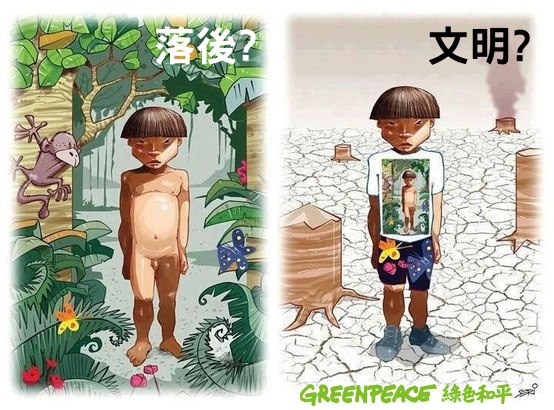 With translation:
With translation: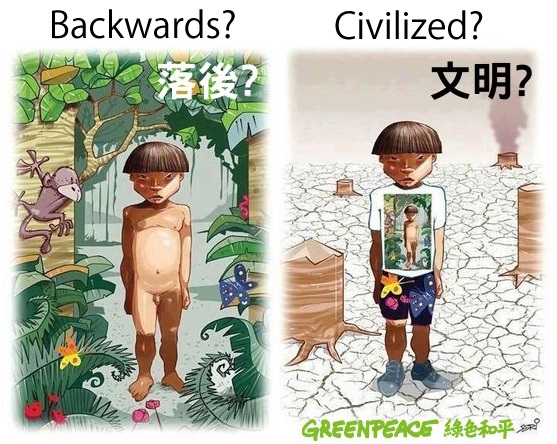 Can these two ideals exist separately? Can a fully fashion-conscious, technologically sophisticated, culturally competent modern individual be conceivable without some trapping of neo-primitivist artwork, photography, or decorative bric-a-brac thrown in for good measure? Conversely, can an easily comprehensible two-dimensional image of an untouched, uncomplicated, “natural and uncorrupted native” exist separately from historically developed commercial-academic-technological inscription machines that make such images not only possible, but emotionally appealing? Which comes first, the Chicken or the Egg?
Can these two ideals exist separately? Can a fully fashion-conscious, technologically sophisticated, culturally competent modern individual be conceivable without some trapping of neo-primitivist artwork, photography, or decorative bric-a-brac thrown in for good measure? Conversely, can an easily comprehensible two-dimensional image of an untouched, uncomplicated, “natural and uncorrupted native” exist separately from historically developed commercial-academic-technological inscription machines that make such images not only possible, but emotionally appealing? Which comes first, the Chicken or the Egg?
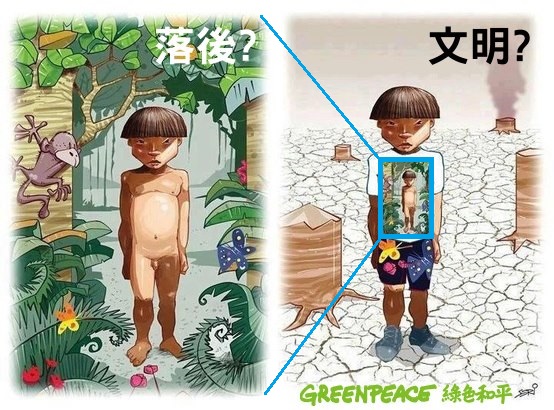 What if the person on the left wore a t-shirt depicting the person on the right–would it create an infinite regress?
What if the person on the left wore a t-shirt depicting the person on the right–would it create an infinite regress?
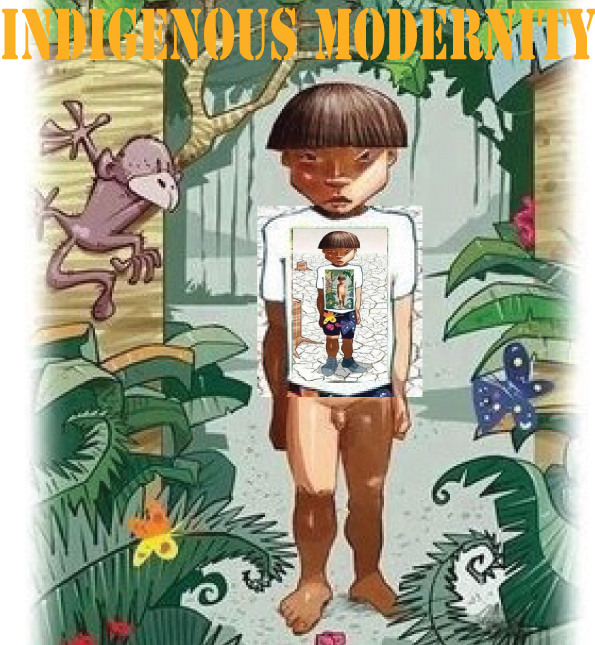 It took this photo in the big basement mall in front of Taipei station, near exit Z4, in late September, 2014. It is a two-dimensional likeness of Paiwan wood-carved scultpture.
It took this photo in the big basement mall in front of Taipei station, near exit Z4, in late September, 2014. It is a two-dimensional likeness of Paiwan wood-carved scultpture.
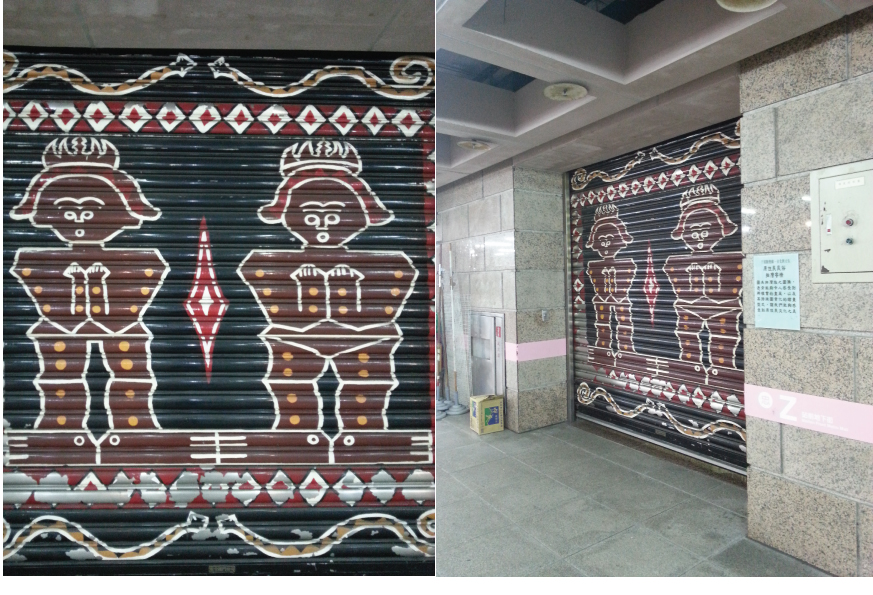 Here’s two souvenir photos of Paiwan sculpture from about 1938, taken in natural light and with little post-processing:
Here’s two souvenir photos of Paiwan sculpture from about 1938, taken in natural light and with little post-processing:
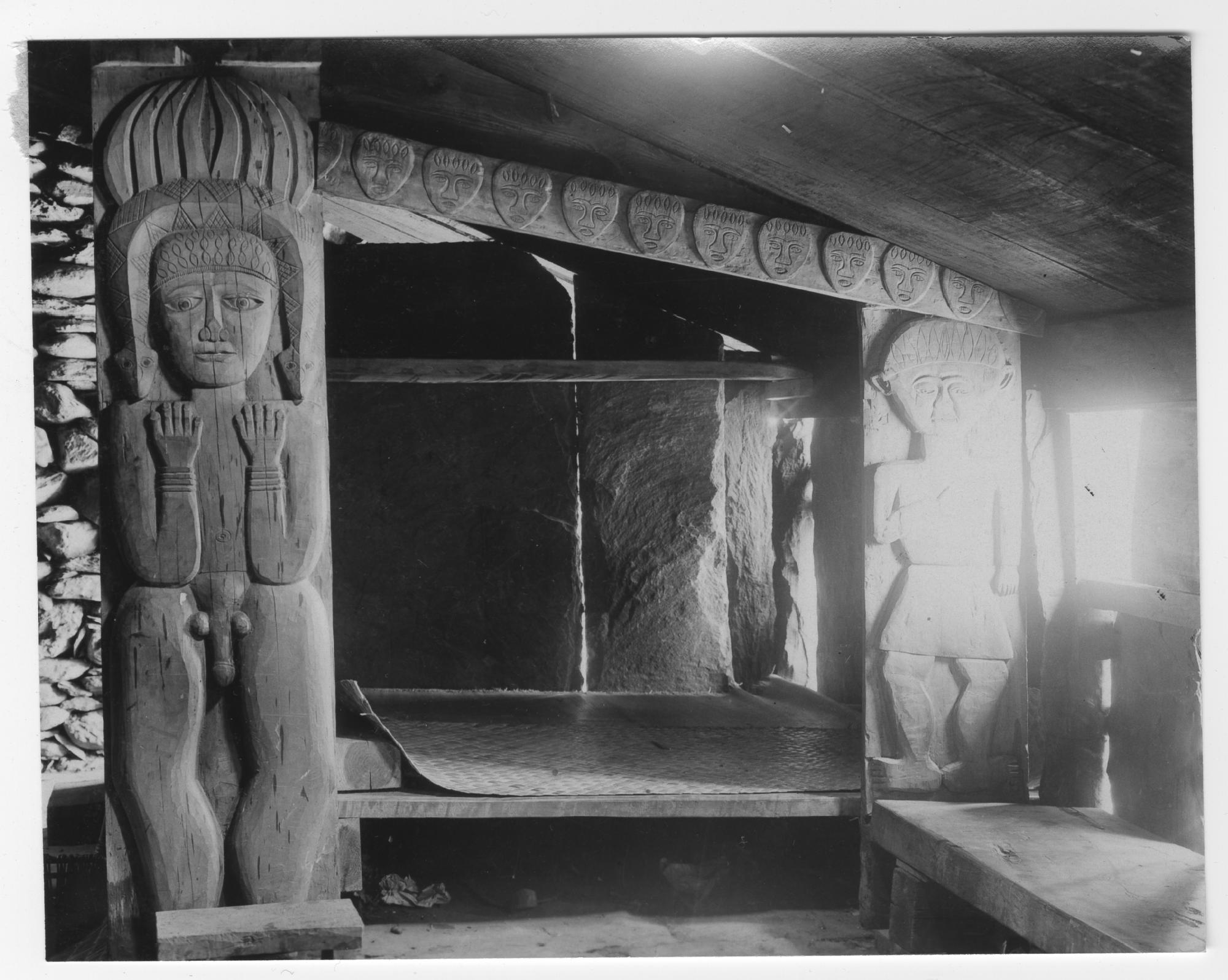
 [wa0044] [Paiwan statues and beam] and [wa0082] [Rukai carved wooden statues at Da’nan]
[wa0044] [Paiwan statues and beam] and [wa0082] [Rukai carved wooden statues at Da’nan]
This next picture is from the early 1930s, and has been manipulated with color lithography, presumably to make it more attractive to consumers (the colors do not look like anything I’ve seen in actual Paiwan sculptures:
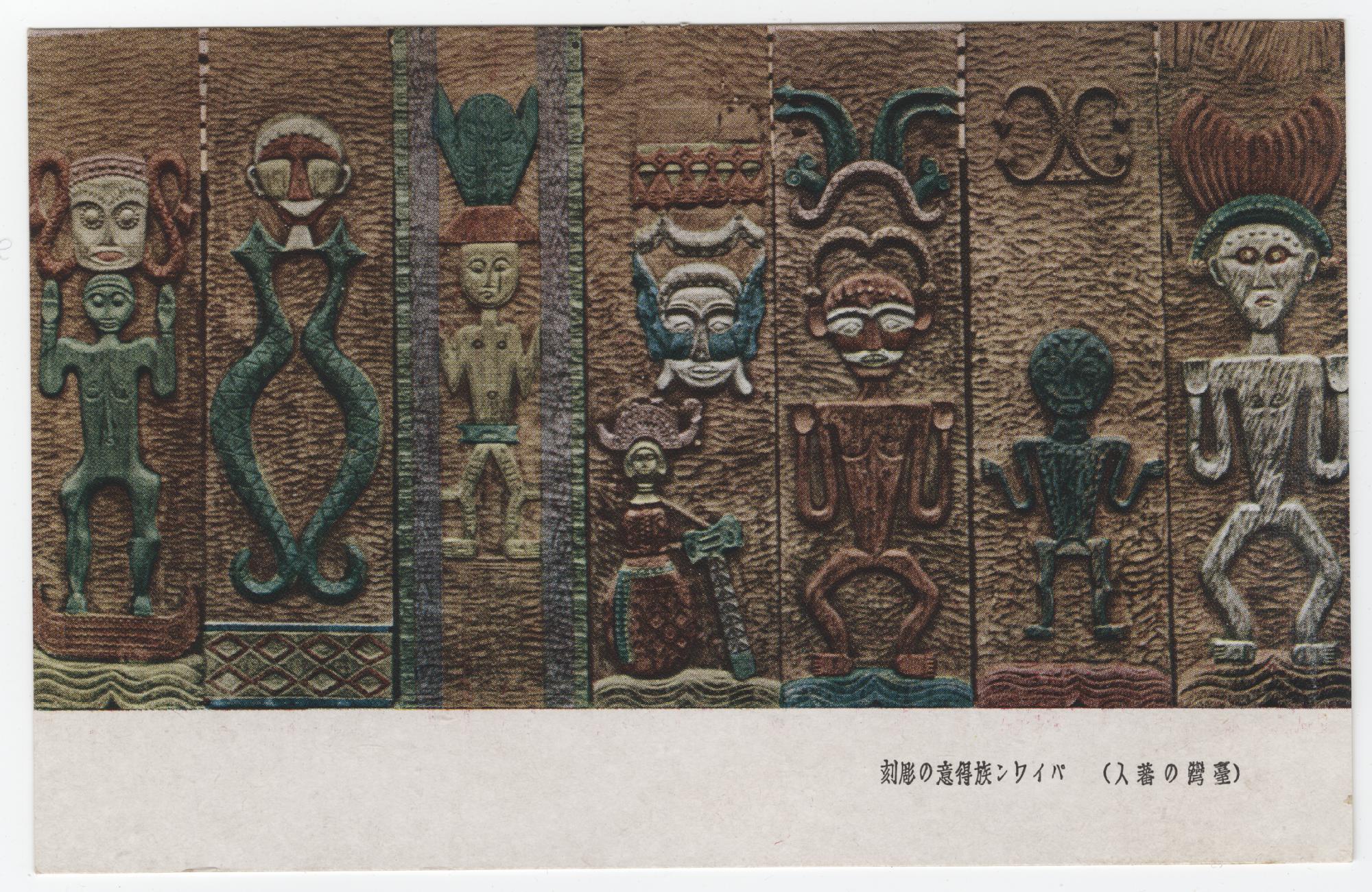 [wa0312] [Exemplary Paiwan carving]
[wa0312] [Exemplary Paiwan carving]
While these three postcards attempted to portray “timeless traditions” (with a fanciful color scheme added in the bottom image), there were also photographs from the period that more clearly attached to the period of Japanese rule. In the image below, there are Japanese soldiers marching in the top part of the scene, near the ceiling, and other evidence that the picture was created during the late 1920s, some time after cameras could work with the poor lighting available from non-electrified home interiors. This souvenir photo was collected by David Woodsworth in 1940:
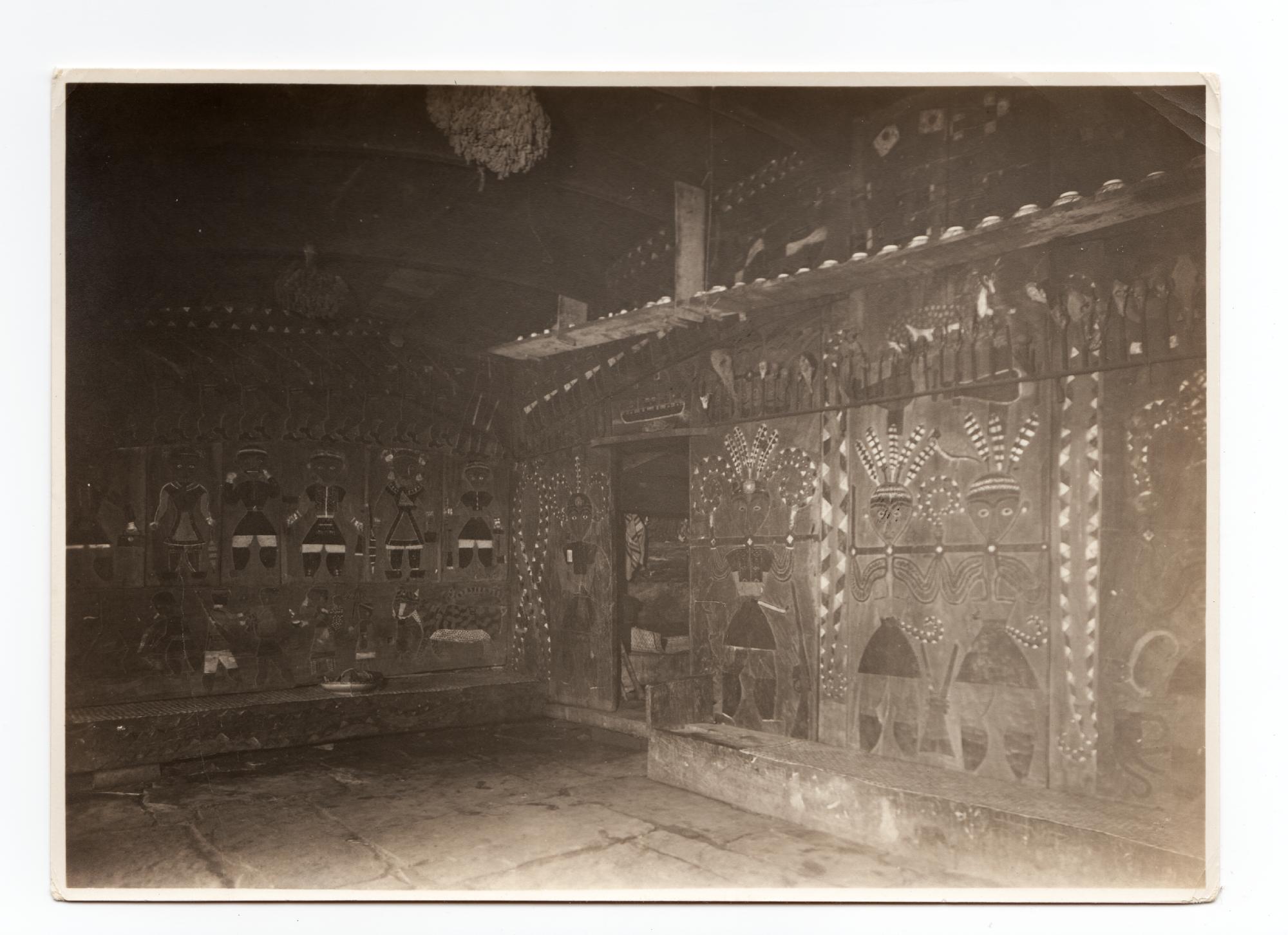 [ww0008] [Carvings in Interior of Headman’s House]
[ww0008] [Carvings in Interior of Headman’s House]
Here’s the same image with attention drawn to those aspects of the image indicating that the carvings were createde in the early 20th century .
The following August 1, 1935 issue of Riban no tomo, a Japanese police magazine for people stationed in Taiwan’s mountain areas, published a photo of same interior with an emphasis on the Japanese soldiers. The caption puts this home in Neiwan 内文社, and describes it as the “wall of the second lineage chief” 二股頭人方:
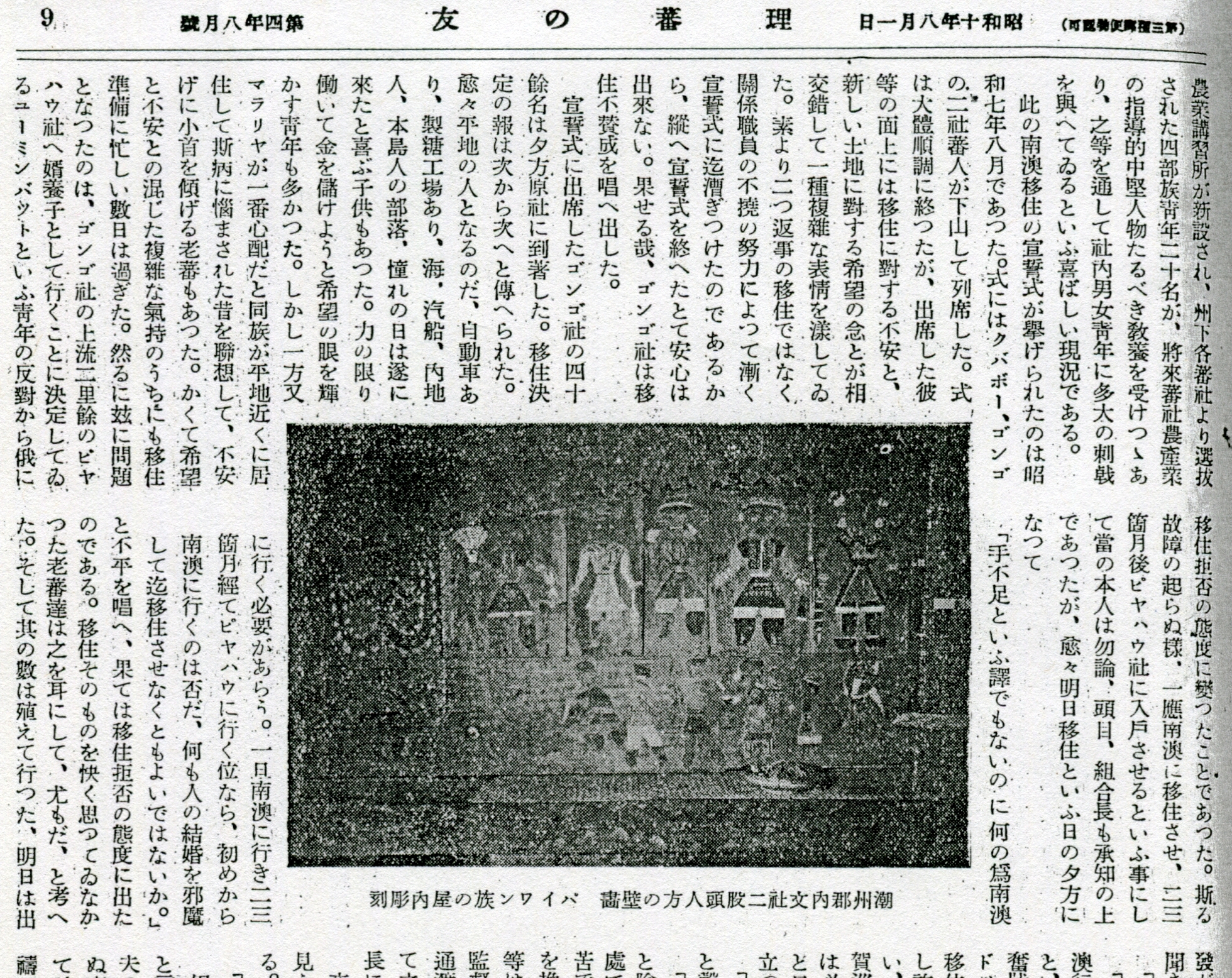 I am new to the analysis of Paiwanic imagery, but my other research into Japanese materials, including picture postcards, suggests that one of the most reproduced scenes of the colonial era is of Paiwan dancers. This 1911 postcard commemorating the 16th anniversary of the Government General contains one famous version of this theme. Its genealogy, and its meaning are part of my ongoing research:
I am new to the analysis of Paiwanic imagery, but my other research into Japanese materials, including picture postcards, suggests that one of the most reproduced scenes of the colonial era is of Paiwan dancers. This 1911 postcard commemorating the 16th anniversary of the Government General contains one famous version of this theme. Its genealogy, and its meaning are part of my ongoing research:
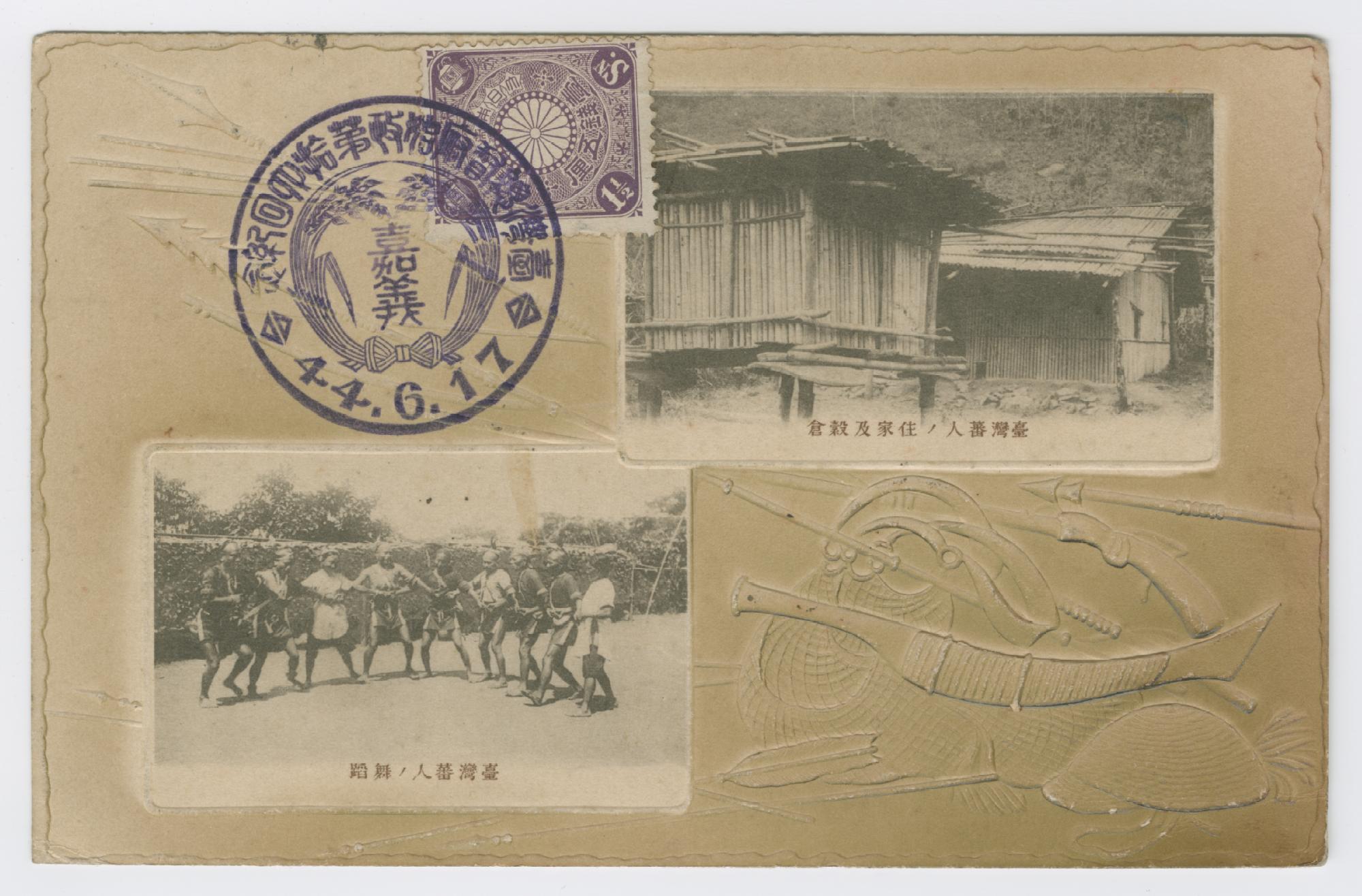
The embossed part of this postcard features Atayal knives and caps in the bottom right corner, and the granary is also of Atayalic design. The colorized postcard, the juxtaposition of Paiwan and Atayal imagery in the same card, and the painted metal shop shutters all represent overt forms of photographic manipulation. The large question is, for me, are there any “non-manipulated” photographs of Indigenous Peoples (at least ones that had wide circulation)?
Did Japanese image makers reserve certain types of symbolism and imputed ethnic character to different cultures in Taiwan, on a consistent basis? If so, how does this change over time? Perhaps most importantly, how have these motifs been reappropriated, recycled, and reinvented since the Japanese imperial state collapsed in 1945?
Since there is such a massive visual archive left from the Japanese colonial period, these questions will take a considerable period of time to answer.
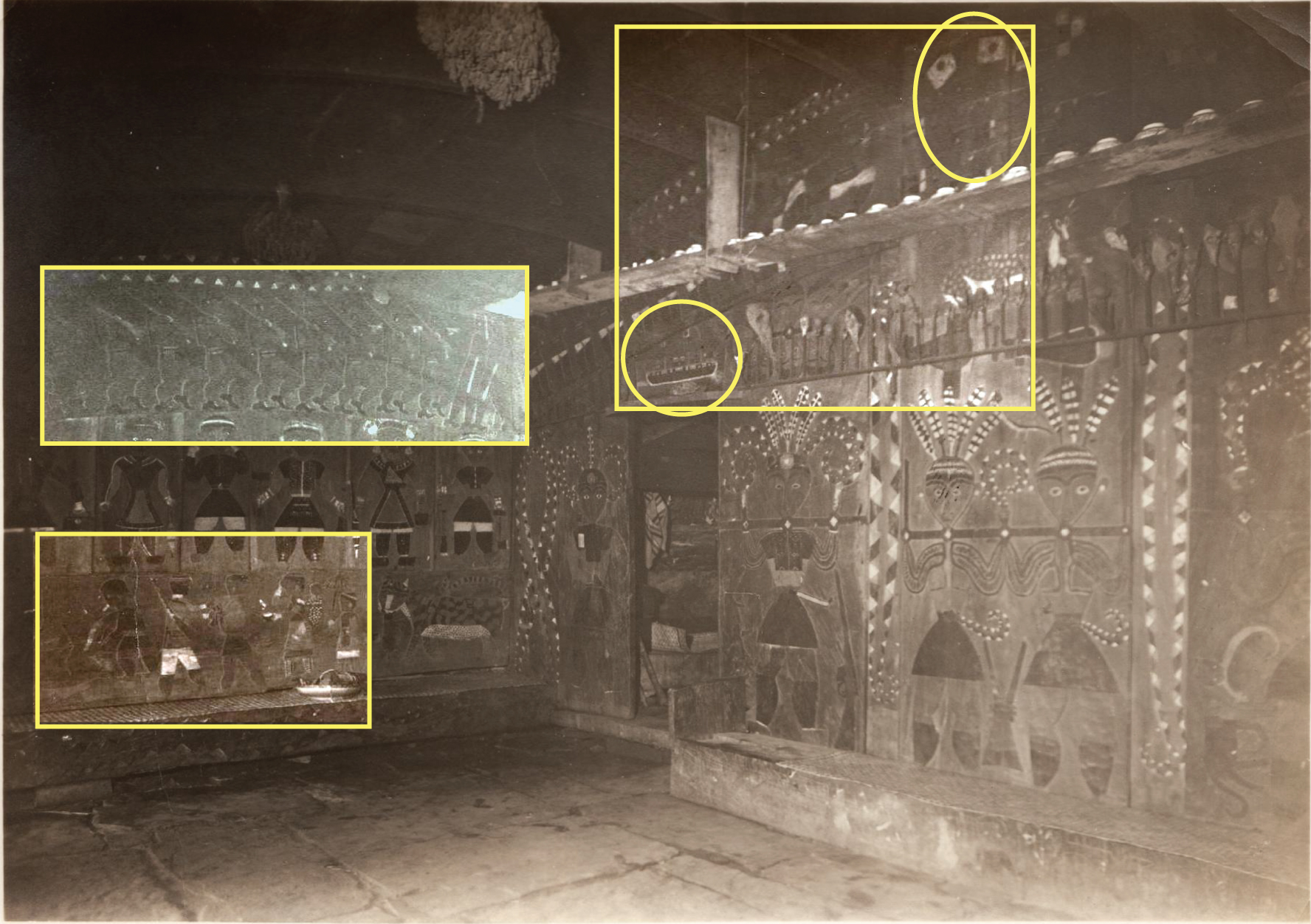
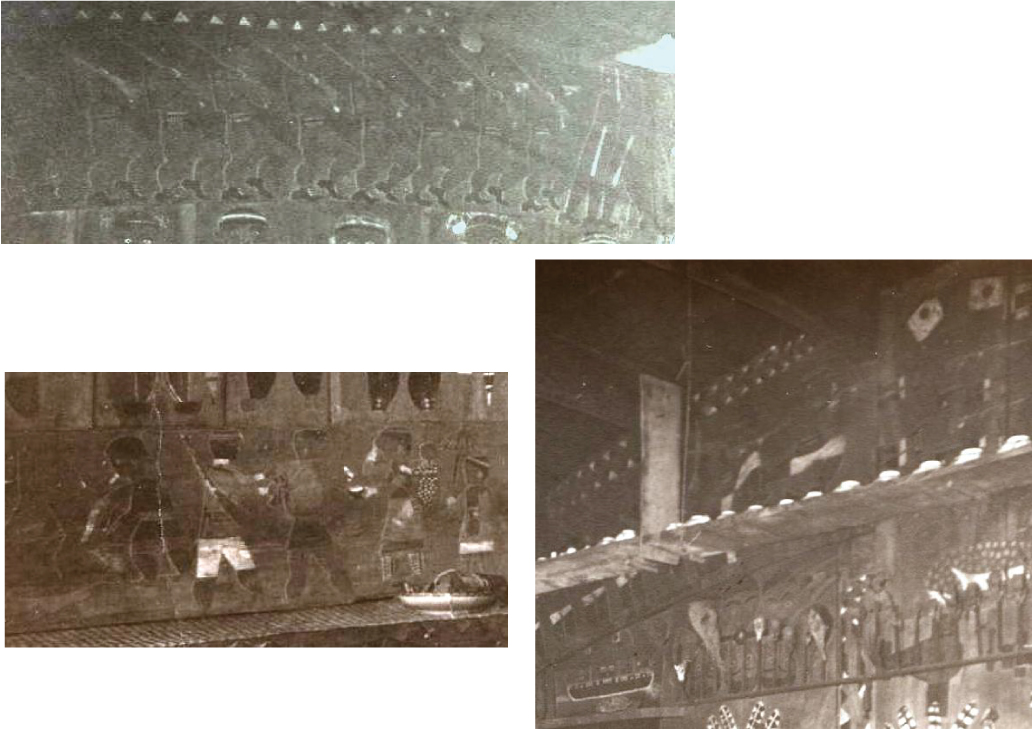
There’s no better way to treat yourself than with an 오피 session.